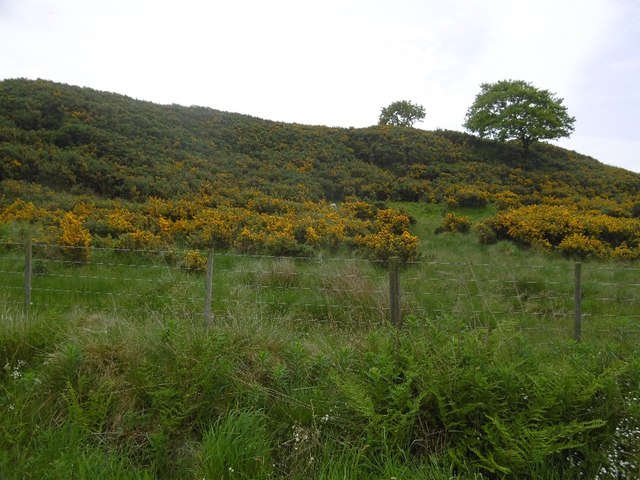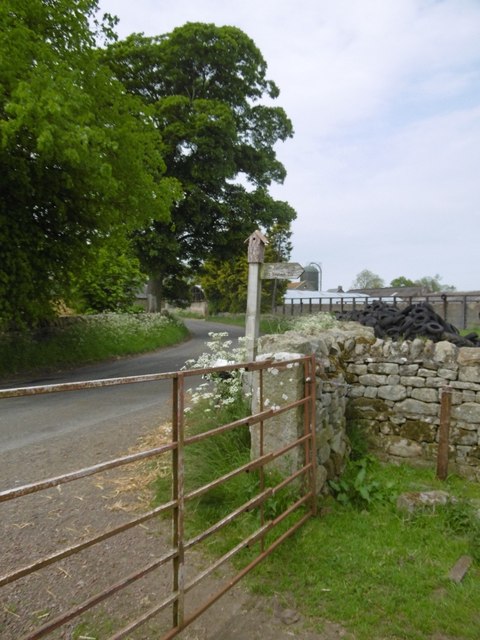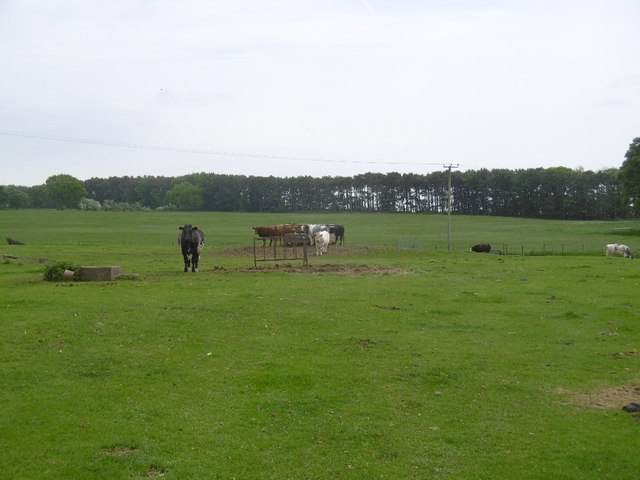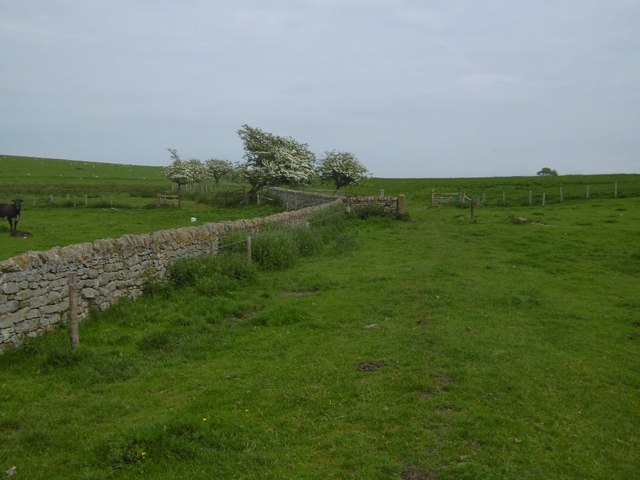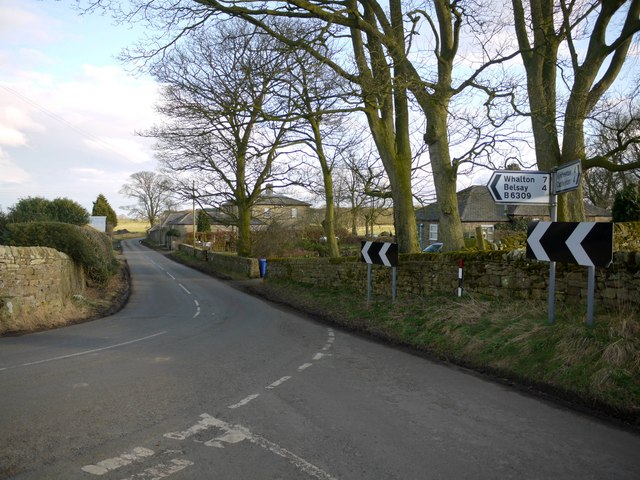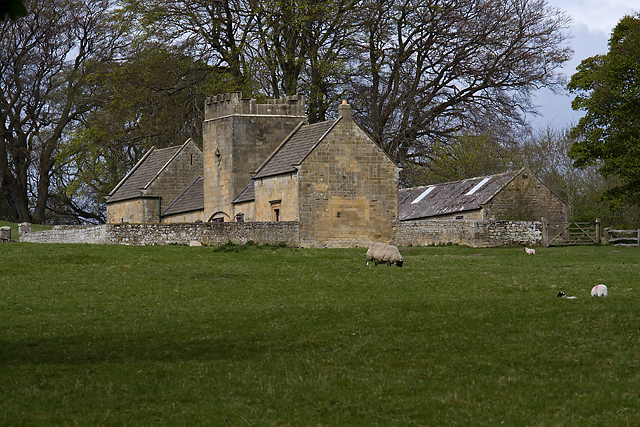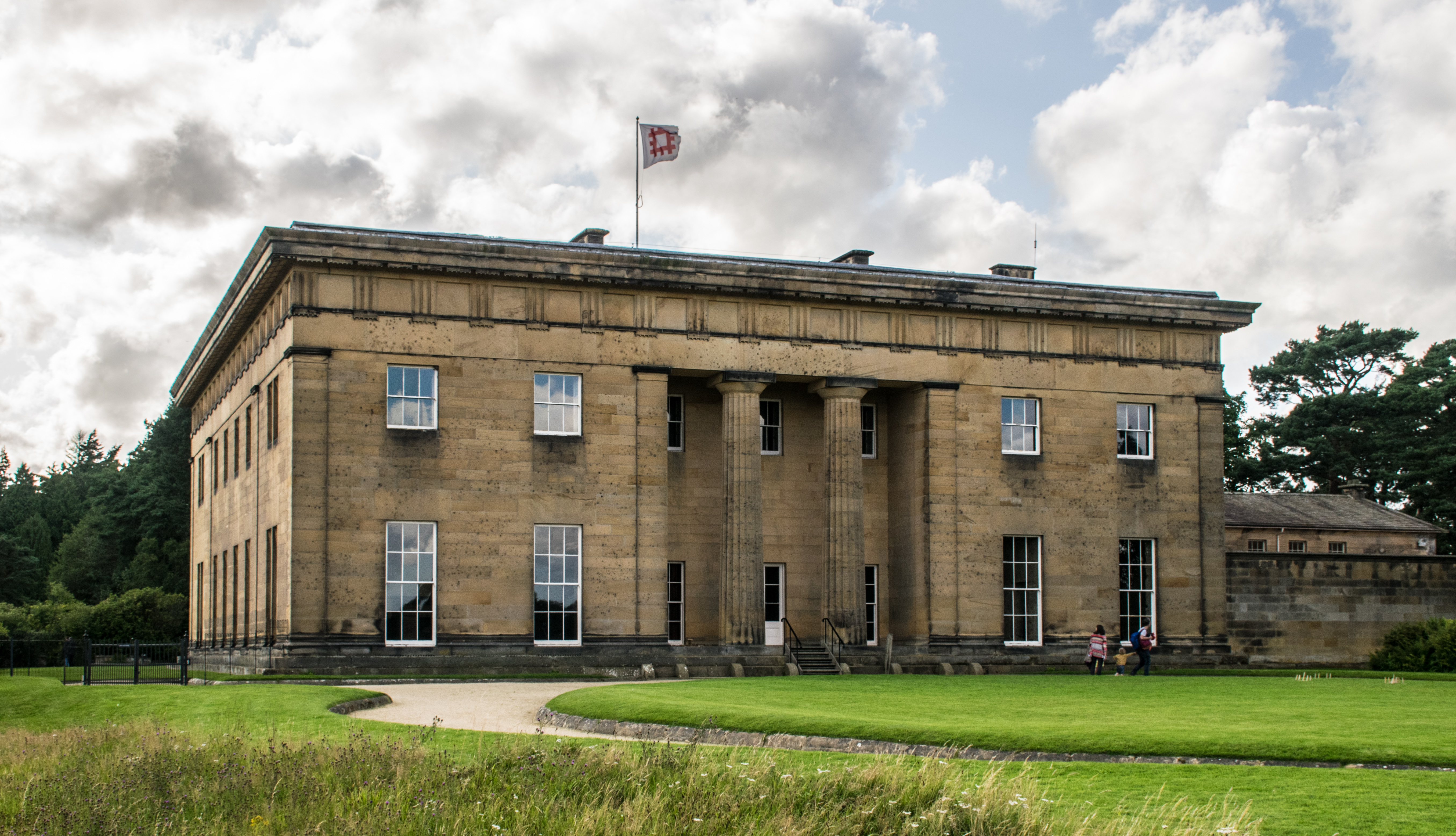Bygate Crofts
Settlement in Northumberland
England
Bygate Crofts

Bygate Crofts is a small rural settlement located in Northumberland, England. Situated in the heart of picturesque countryside, it is nestled between the towns of Morpeth and Bedlington. The area is known for its natural beauty, with rolling hills, meandering rivers, and lush green fields surrounding the village.
Bygate Crofts is home to a close-knit community, consisting mainly of traditional stone-built cottages and farmhouses. The village retains its historic charm, with many of the buildings dating back several centuries. The local church, St. Mary's, is a prominent feature of the village, adding to its quaint and peaceful atmosphere.
The village is surrounded by farmland, with agriculture being a significant part of the local economy. The fertile soil and favorable climate make it ideal for farming, and the fields are used for growing crops and grazing livestock. The agricultural heritage is still visible in the area, with many farms still in operation.
Despite its rural setting, Bygate Crofts is well-connected to nearby towns and cities. The A189 road runs through the village, providing easy access to Morpeth, Bedlington, and Newcastle upon Tyne. This makes it an attractive location for those seeking a peaceful rural lifestyle while still having access to urban amenities.
The village also benefits from its proximity to the Northumberland National Park, which offers a range of outdoor activities such as hiking, cycling, and birdwatching. The park is a popular destination for nature enthusiasts and provides stunning views of the surrounding landscape.
Overall, Bygate Crofts offers a tranquil and idyllic setting for residents and visitors alike, with its natural beauty, rich history, and strong community spirit.
If you have any feedback on the listing, please let us know in the comments section below.
Bygate Crofts Images
Images are sourced within 2km of 55.085364/-1.886458 or Grid Reference NZ0776. Thanks to Geograph Open Source API. All images are credited.





Bygate Crofts is located at Grid Ref: NZ0776 (Lat: 55.085364, Lng: -1.886458)
Unitary Authority: Northumberland
Police Authority: Northumbria
What 3 Words
///refusals.invoices.launch. Near Meldon, Northumberland
Nearby Locations
Related Wikis
Black Heddon
Black Heddon is a village and former civil parish, now in the parish of Belsay, in the county of Northumberland, England. It is situated to the north-west...
Bitchfield Tower
Bitchfield Tower or West Bitchfield Tower is a 15th-century medieval pele tower near Belsay, Northumberland, England. It is a Grade I listed building.The...
Belsay Hall
Belsay Hall is a Regency style country house located at Belsay, Northumberland. It is regarded as the first British country house to be built entirely...
Belsay Castle
Belsay Castle is a 14th-century medieval castle situated at Belsay, Northumberland, England. It is a Scheduled Monument and a Grade I listed building.The...
Nearby Amenities
Located within 500m of 55.085364,-1.886458Have you been to Bygate Crofts?
Leave your review of Bygate Crofts below (or comments, questions and feedback).






